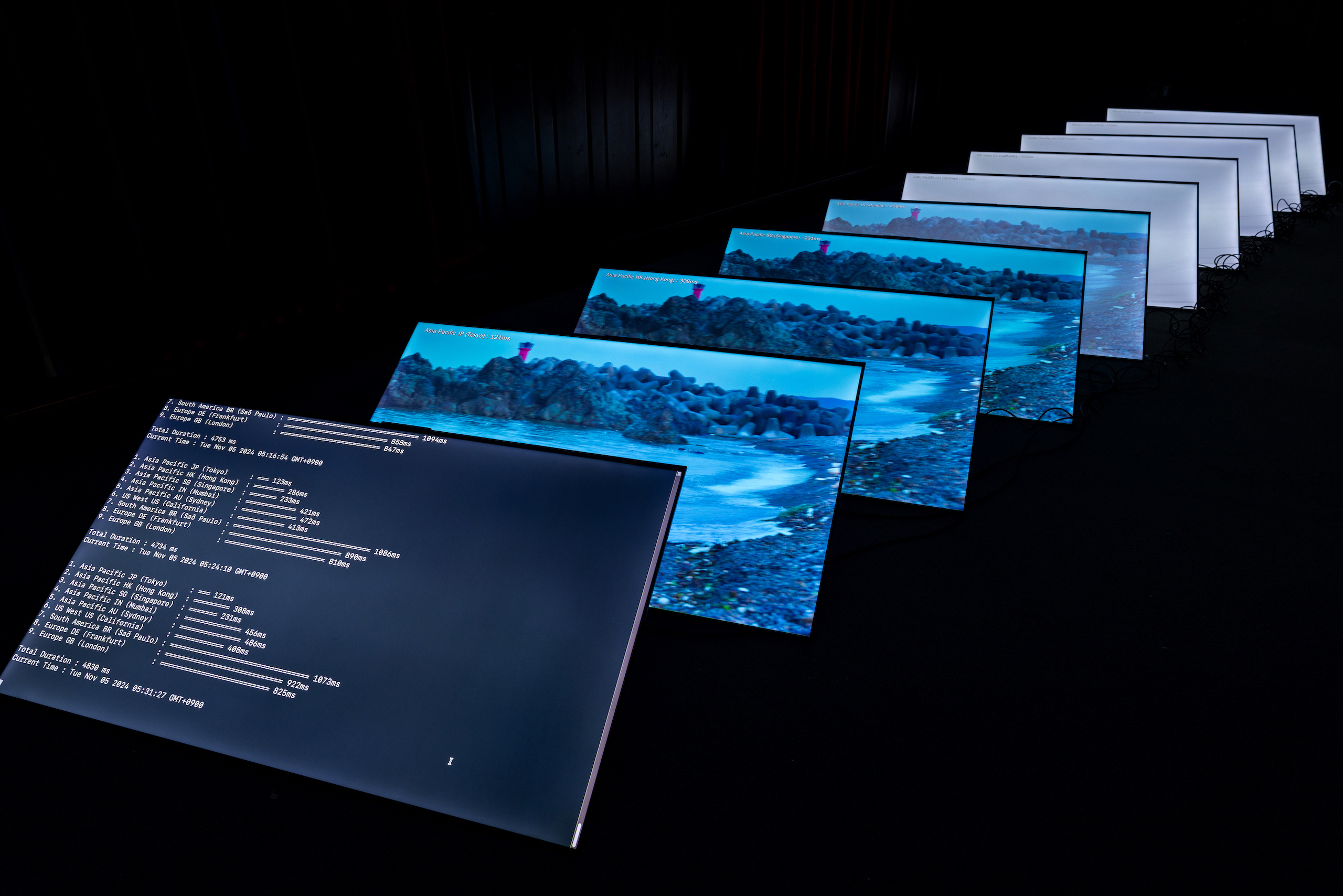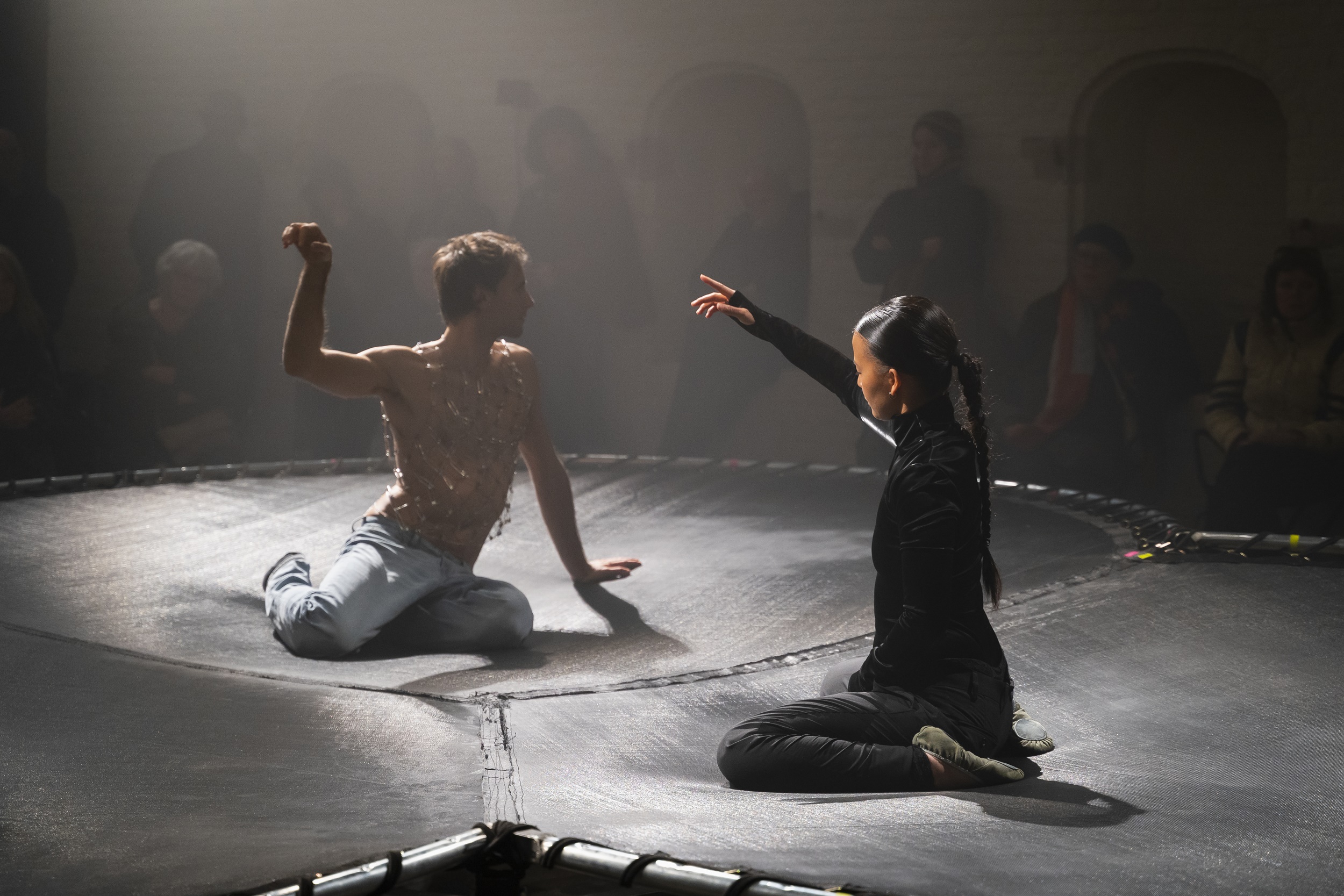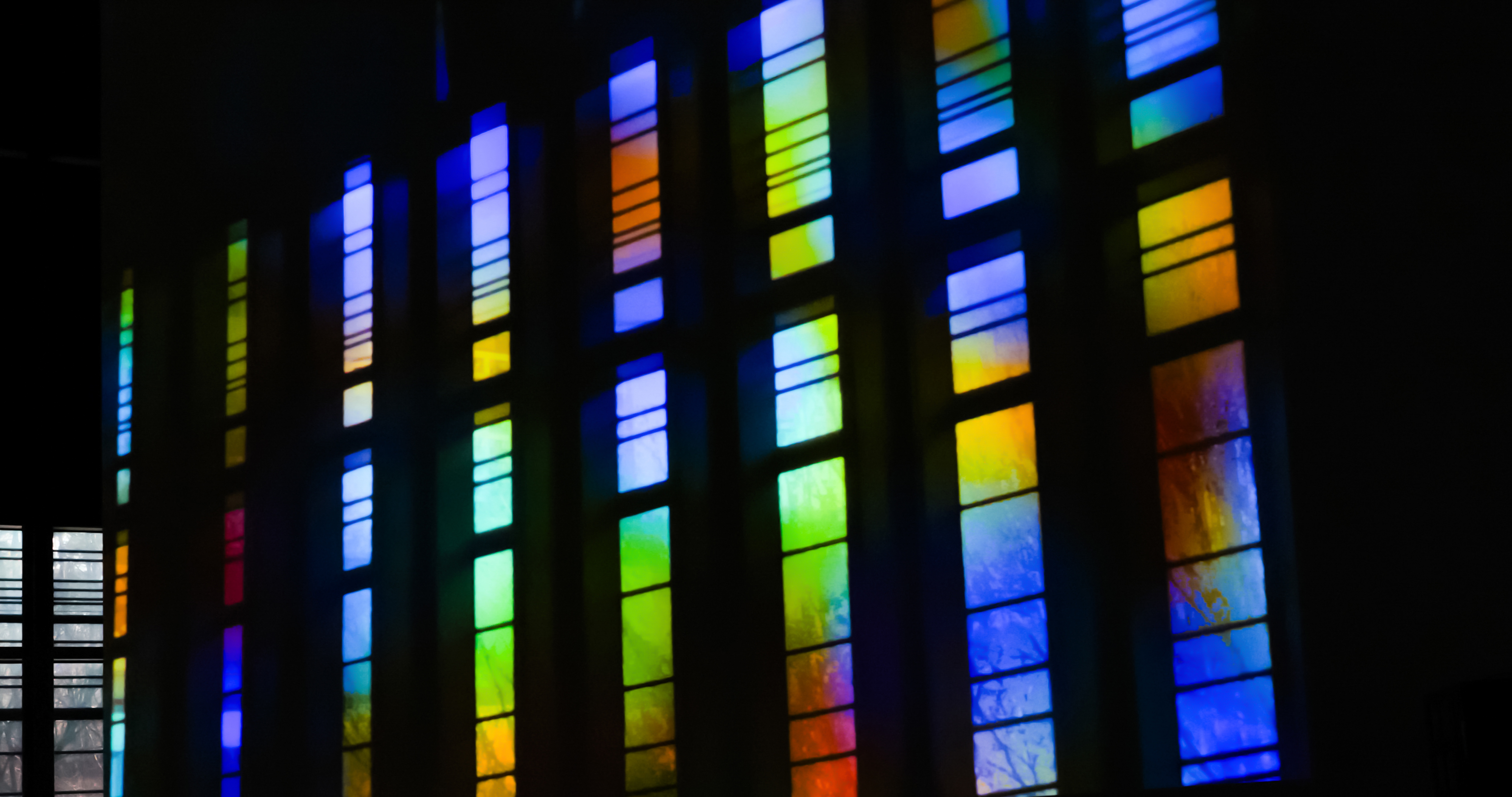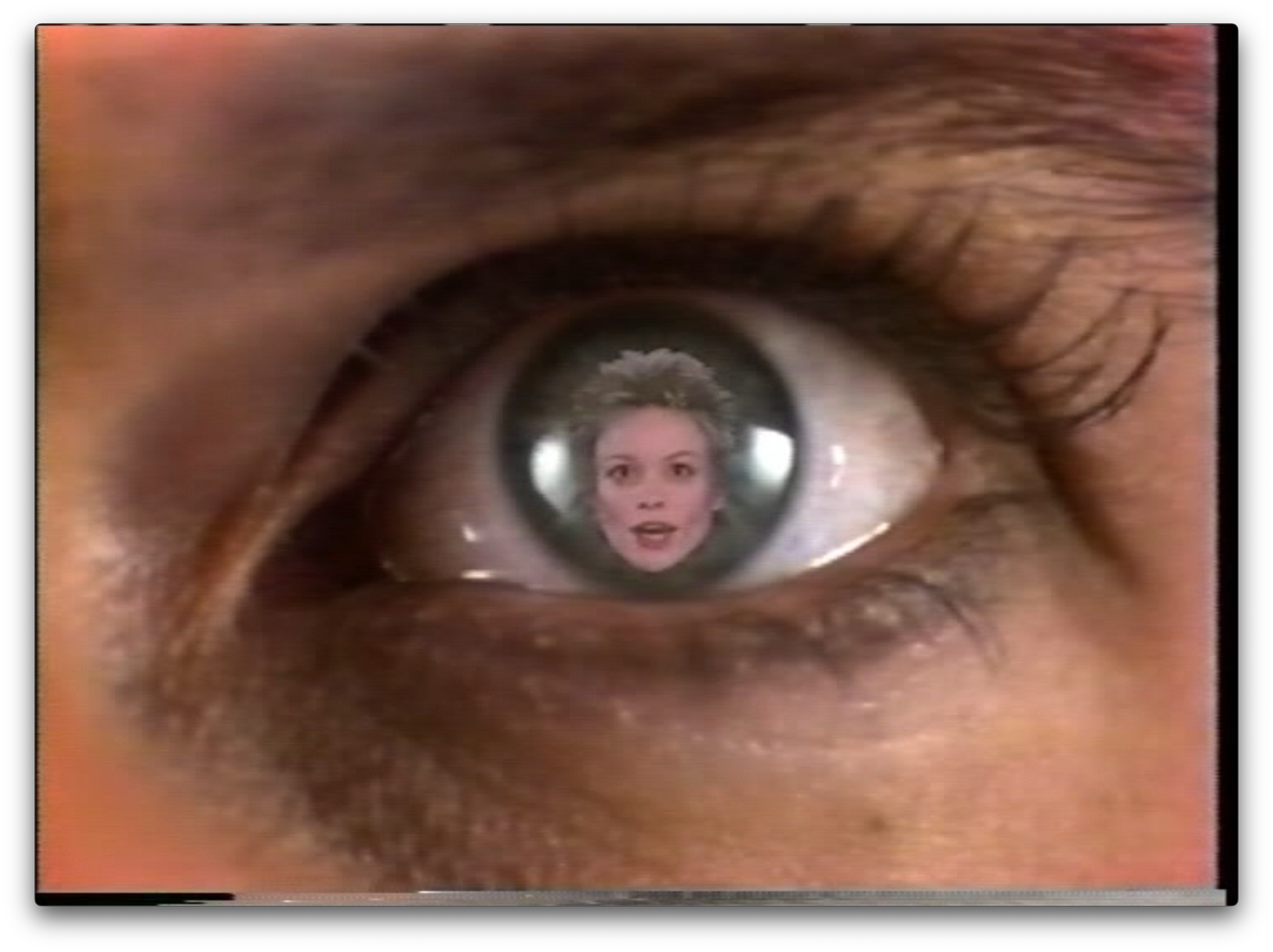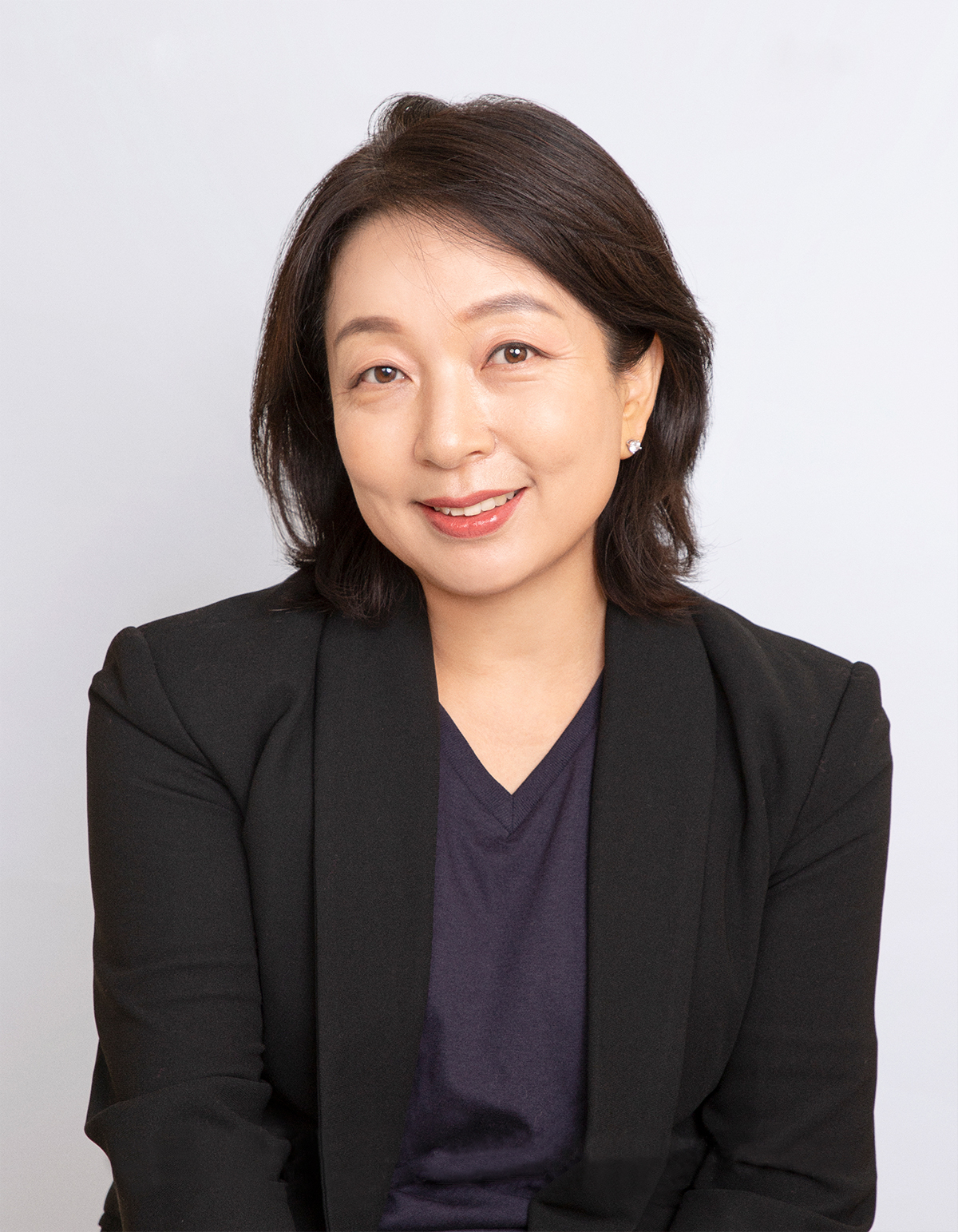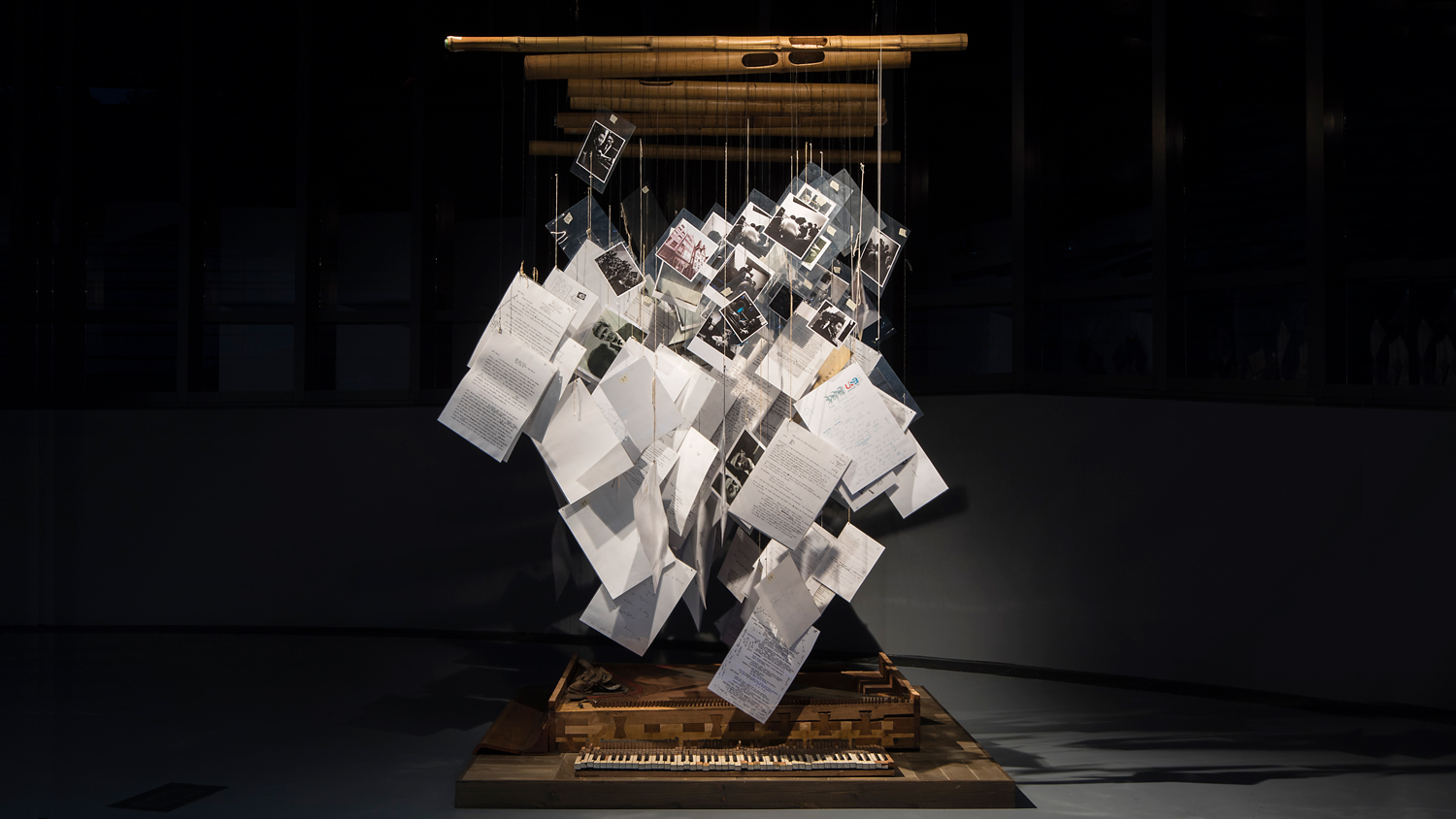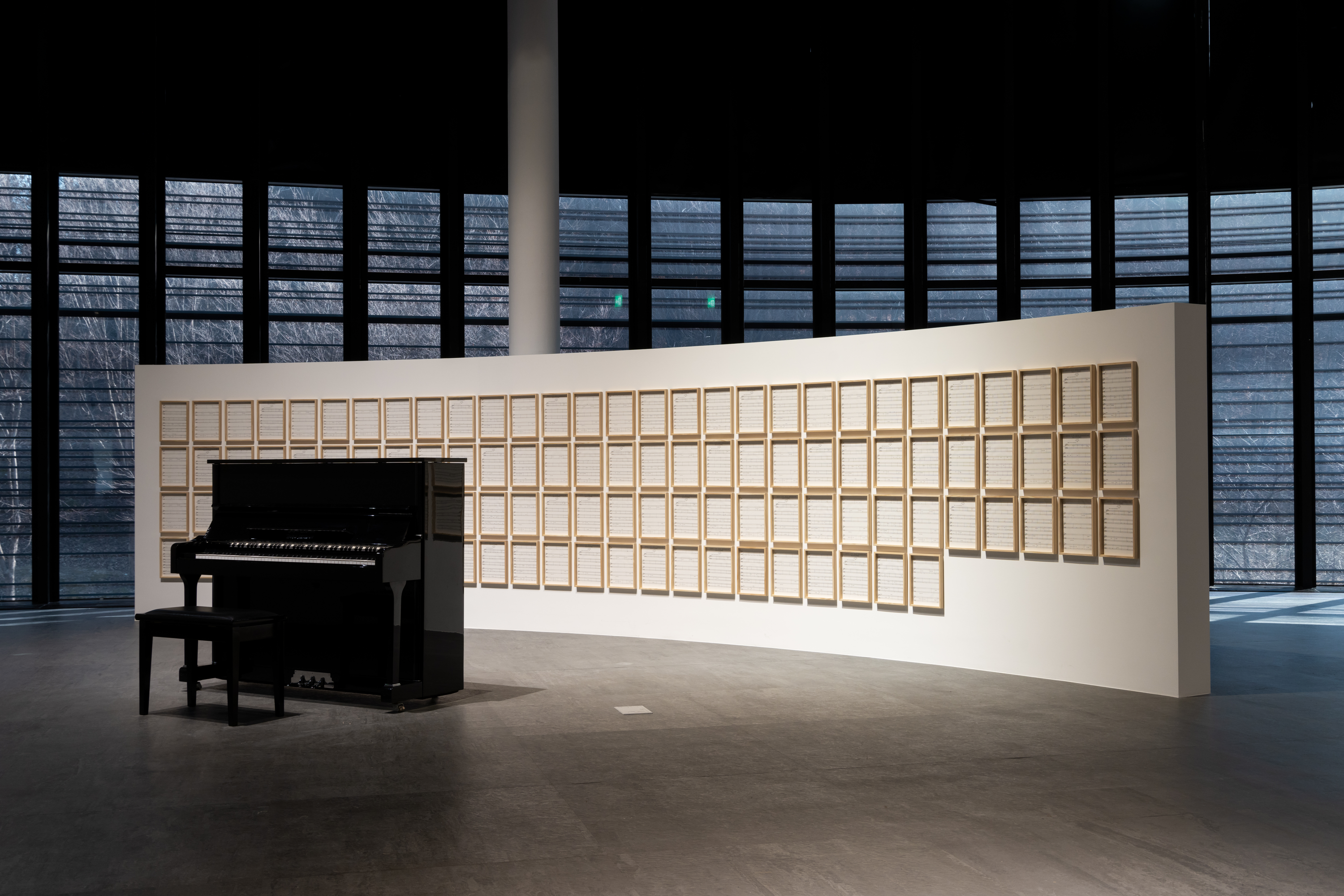The First Stop on the Super Highway
Remember the feeling of stopping on a highway while the traffic beside you just rushes by?
A sense of calmness opposed to the world rapidly moving on?
Group Exhibition
March 7 – May 16, 2009
Nam June Paik Art Center
85 Sanggal-dong, Giheung-gu,
Yongin-si, Gyeonggi-do
446-905
Republic of Korea
The First Stop on the Super Highway takes as its departure point Paik’s strategy to always work on the limits – from the very slow to the very fast / either extremely subdued and meditative or incredibly loud, flashy and exaggerated.
Actually why New York made me maximal I don’t know I was more minimal in Germany – maybe because I am more or less anti-anti…
Nam June Paik on Edited for Television, Chanel WNET/Thirteen in New York, 1975
From the sixties, the art world has noticeably played with these extremes: paintings and installations got very big; other works got reduced to the max. At times, extremely big installations were used to display extreme reductions. Size and sound became key issues and as they became accentuated, the way they were articulated also became more specific.
For The First Stop on the Super Highway various attempts to represent and experiment with the idea of minimal and maximum in contemporary art are explored. Different concepts of ‘size’ as they emerge in Paik’s work, from his earliest video piece – Button Happening or his event scores to his more recent full-on video installations or paintings – are interrogated as this exhibition confronts works that operate within the same context but use entirely different modes to negotiate them.
Dennis Oppenheim’s Safety Cones will mark the approach to the art center’s entrance. These supersized traffic safety cones produce a dramatic first impression characteristic of the artist’s ability to transform the landscape by merely magnifying the size of an everyday object.
Recurring symbols in this exhibition are the line and the point – Stop and Go. Contrasting concepts of line and movement are featured in works like La Monte Young’s influential 1962 event score Draw a straight line and follow it, Santiago Sierra’s 250 cm line tattooed on 6 paid people, or Taro Shinoda’s God Hand, a huge apparatus that produces a single red line. By cutting out all the black lines separating the frames in a 35mm film and then editing them into a new film, Pak Sheung Chuen makes visible the gaps existent in the flow of a film. While Lawrence Weiner makes his point with Gloss lacquer paint sprayed for two minutes at 40 lb pressure directly upon the floor, Abramovic/Ulay drive for hours in a circle and Robert Breer uses both spray paint lines and dots in his early experimental films. In addition, George Brecht always starts his Event scores with a black circle. Acceleration and human scale are again revisited, along with the Olympic ideal of “Higher, Faster, Stronger” through Nam June Paik’s video Lake Placid and the Xijing Men’s 2008 Beijing Olympic Games. Stop and Go.
The Nam June Paik Art Center is located in Yongin, a city on the outskirts of Seoul. It is supported by the Gyeonggi Cultural Foundation and Gyeonggi Province. The center was discussed with Nam June Paik and developed since 2001. Its permanent building opened in April 2008 and in October 2008 the Festival Now Jump opened the center to the public. Under the current director, Young Chul Lee, it aspires to reactivate the experimental and interventionist spirit of 20th century and contemporary art practices in order to become a locus where aesthetic, political and social potentialities contribute to questioning and redefining the relationships between art, philosophy, media and life.
Nam June Paik Art Center
85 Sanggal-dong, Giheung-gu,
Yongin-si, Gyeonggi-do
446-905
Republic of Korea
T: + 82 (0) 31 201 8543
F: + 82 (0) 31 201 8515
c.pestana@njpartcenter.kr


